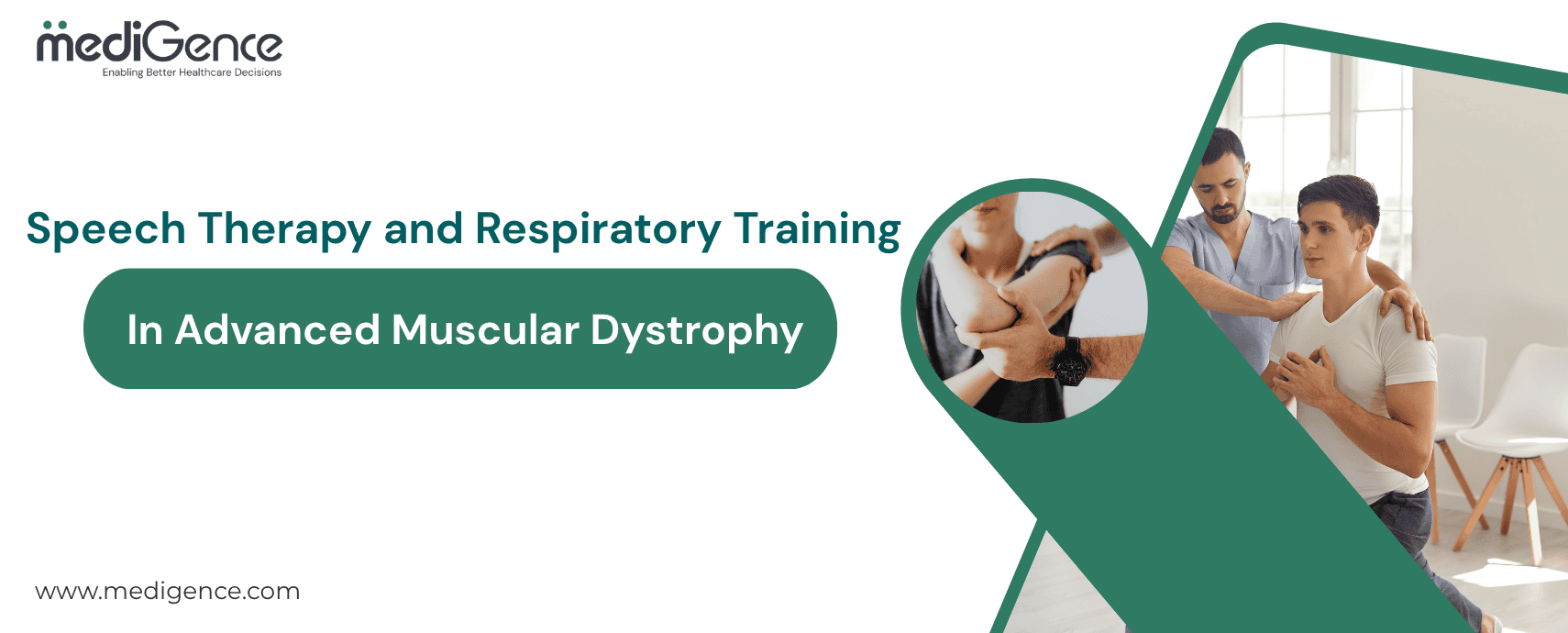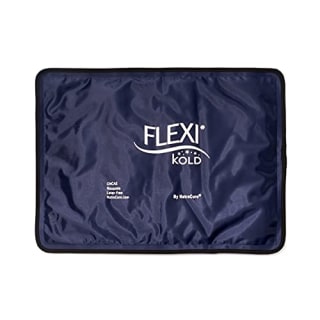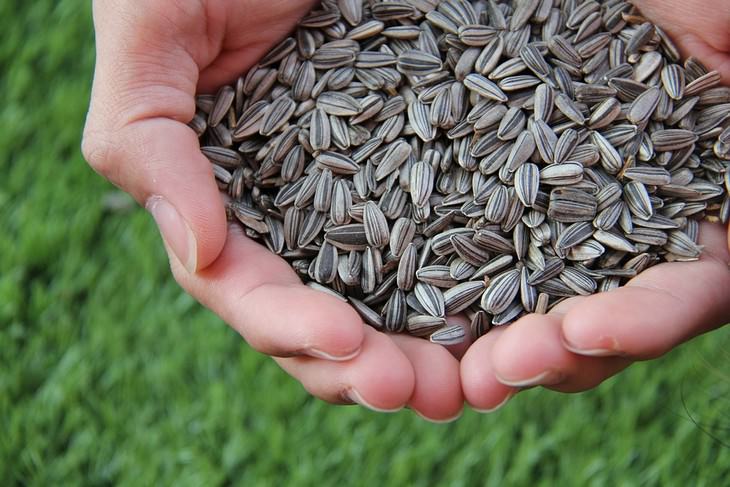Muscular dystrophy (MD) is a collection of hereditary conditions marked by a loss of muscle mass, respiratory issues, speech difficulties, and a progressive weakening of the muscles. Muscular dystrophy of any type does not yet have a cure, although there are treatment options that can help patients control their symptoms and enhance their quality of life. Among these include physical therapy, occupational therapy, speech therapy, respiratory care, surgery, and pharmaceutical therapy.
Some varieties of muscular dystrophy, like Duchenne muscular dystrophy, cause weakening in the face and oral muscles that regulate the tongue, lips, soft palate, cheeks, and diaphragm, resulting in speech and voice quality issues.
Respiratory problems are a leading cause of death. Muscular dystrophy affects respiratory function through intercostal and diaphragm muscle weakening, which often manifests after losing the ability to walk in adolescence and adulthood. However, the onset of respiratory symptoms varies significantly. Ventilatory assistance is often necessary during this stage of the illness.
Causes of Respiratory Problems in Muscular Dystrophy
- Loss of respiratory functioning
- Shallow breathing
- Inadequate breathing during sleep ( Nocturnal hypoventilation)
- Respiratory muscle weakness
- Pneumonia
- Regular cough
- Respiratory insufficiency
- Weakening of diaphragm (primary muscle for respiration)
- Postural problem like scoliosis

Book Online Consultation
How to Diagnose Respiratory Function in Muscular Dystrophy
- Spirometry
- Pulmonary Function Test
- 6-minute walk test
- Lung monitoring every 6 months
- Chest radiography
- Evaluation of sleep disorder breathing
Respiratory Training in Muscular Dystrophy
As weakness and loss of function in a patient’s upper limbs develop and continue, and the patient is no longer able to move his or her hand to the mouth, respiratory impairment becomes a greater possibility, requiring careful respiratory monitoring and consideration of therapeutic therapies.
Treatment of muscular dystrophy depends on the breathing symptoms.
Airway Clearance: To avoid a condition called pneumonia, individuals with duchenne muscular dystrophy must maintain effective airway clearance. Ineffective airway clearance can speed the development of respiratory failure and mortality; however, early intervention to promote airway clearance can prevent hospitalisation and minimise the incidence of pneumonia.
Respiratory Muscle Training (RMT): RMT used has been chosen based on the type of muscular weakness present consequently, Inspiratory muscle training (IMT) is used for inspiratory weakness and expiratory muscle training (EMT) for expiratory weakness. RMT can begin in the early stages of the disease and can be used with youngsters. RMT may enhance lung capacity and respiratory muscle strength in some muscular dystrophy. Improvements in respiratory function translate into clinically significant changes in shortness of breathing, voice, quality of life, or physical capability.
Other techniques used for Respiratory training;
- Manual technique way of respiratory training
- Mechanical technique way of respiratory training
- Nocturnal ventilation
- Full-time ventilation
Speech Problem in Muscular Dystrophy
Speech issues can start with physical weakening. Patients with DMD can show speech issues such as delayed onset, difficulty finding words, and non-fluent speech.
Symptoms of Speech Problems in Muscular Dystrophy
- Oral muscle weakness
- Pause between words
- High pitch
- Hearing loss
- Difficulty in finding words
- Weakness in the tongue and pharynx
Speech Therapy Methods
Articulation Practice: persons who have problems with speech sound issues. Teach them articulation by:
- Speak slower and more clearly.
- Take a breath in between.
- Speak in shorter sentences.
Voice Training: Patients learn how to talk slowly and articulate more deliberately and clearly when speaking via exaggerated articulation, as well as regulated and modulated breathing. Speech trainers focus on:
- Educate patient for breathing assistance
- Respiratory muscle training
- Strengthen tongue and pharynx
- Hold breathing
- Coordination for breathing and speaking
- Take care hygiene of vocals
- Give pause between the words
Vowel prolongation tasks: To enhance speech duration and volume.
Phonetic placement approaches: hands-on, descriptive, images to work on the location of the mouth, tongue, lips, or jaw when speaking.
Conclusion
Individuals with muscular dystrophy greatly benefit from speech therapy, as it helps them communicate their needs, maintain safe swallowing, and improve their quality of life.
Muscular dystrophy is a rare condition; therefore, raising awareness about the condition and its implications is crucial. It is essential to follow practical guidelines for the management and treatment of respiratory involvement in Duchenne muscular dystrophy because it is deadly if not taken care of at the right time or in the early stages of muscular dystrophy.
Know more about: Physical Therapy Goals in Muscular Dystrophy: From Diagnosis to Daily Living










